Umbrella Flat-sedge
Display all 12 images
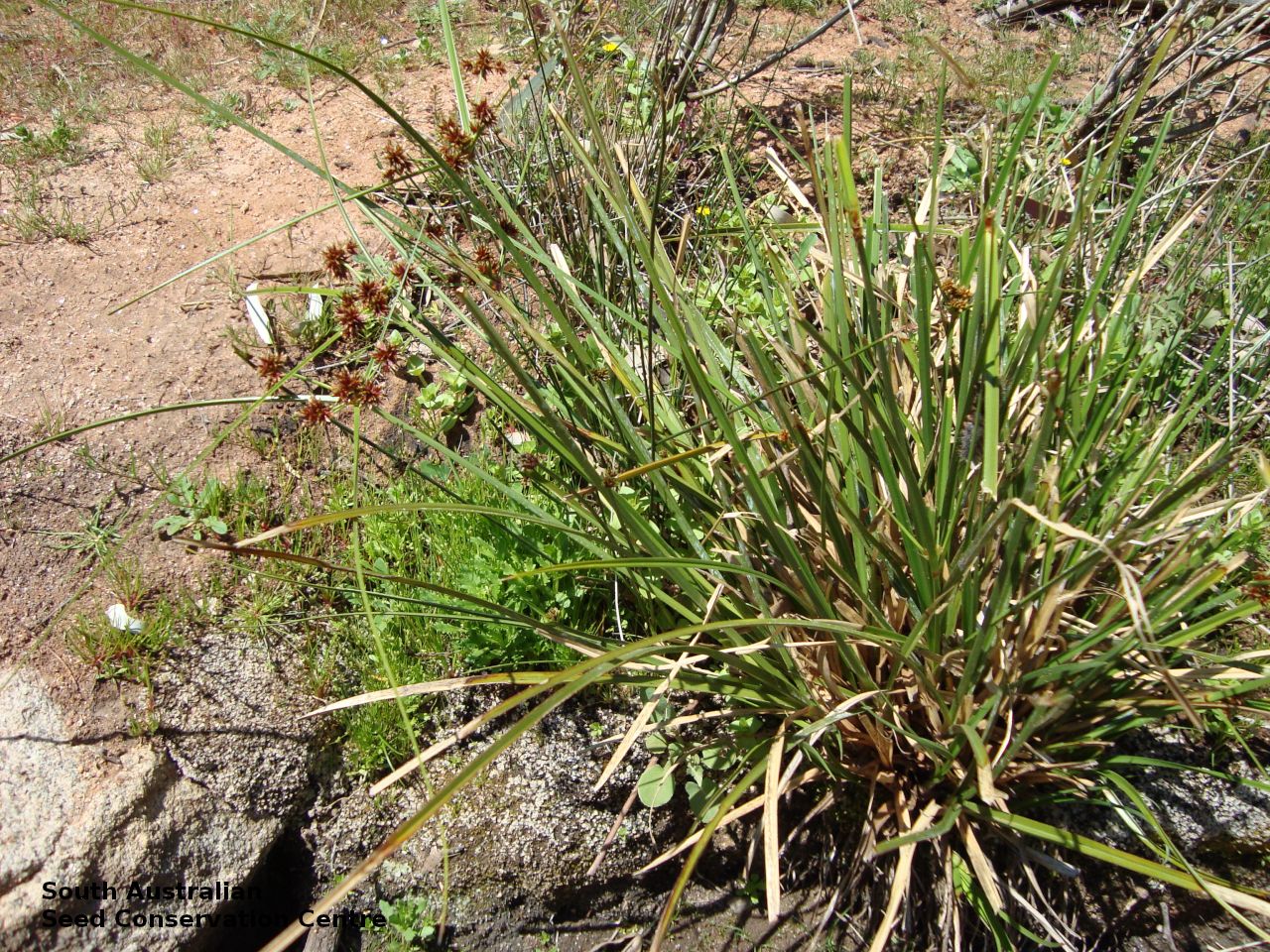
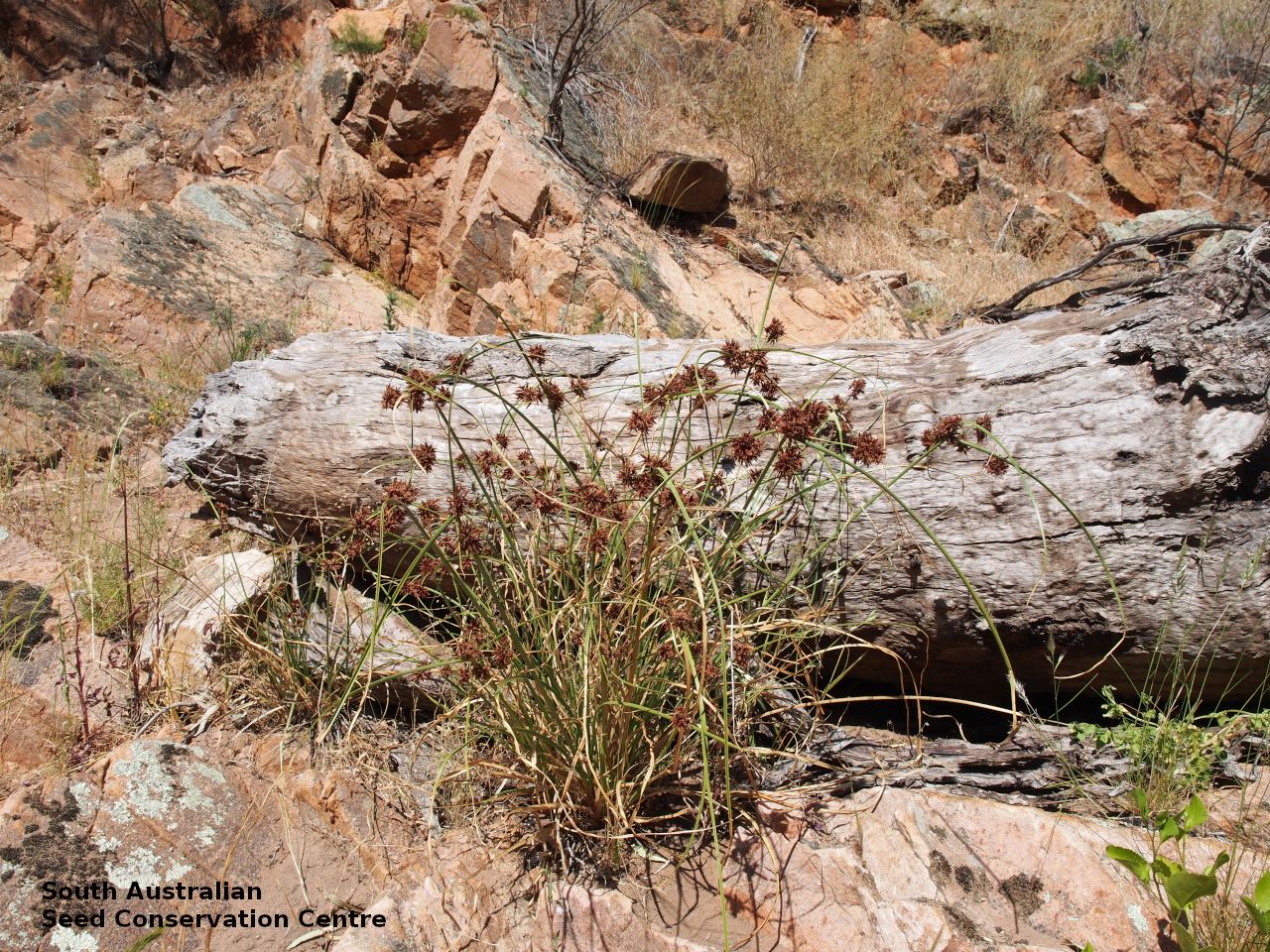
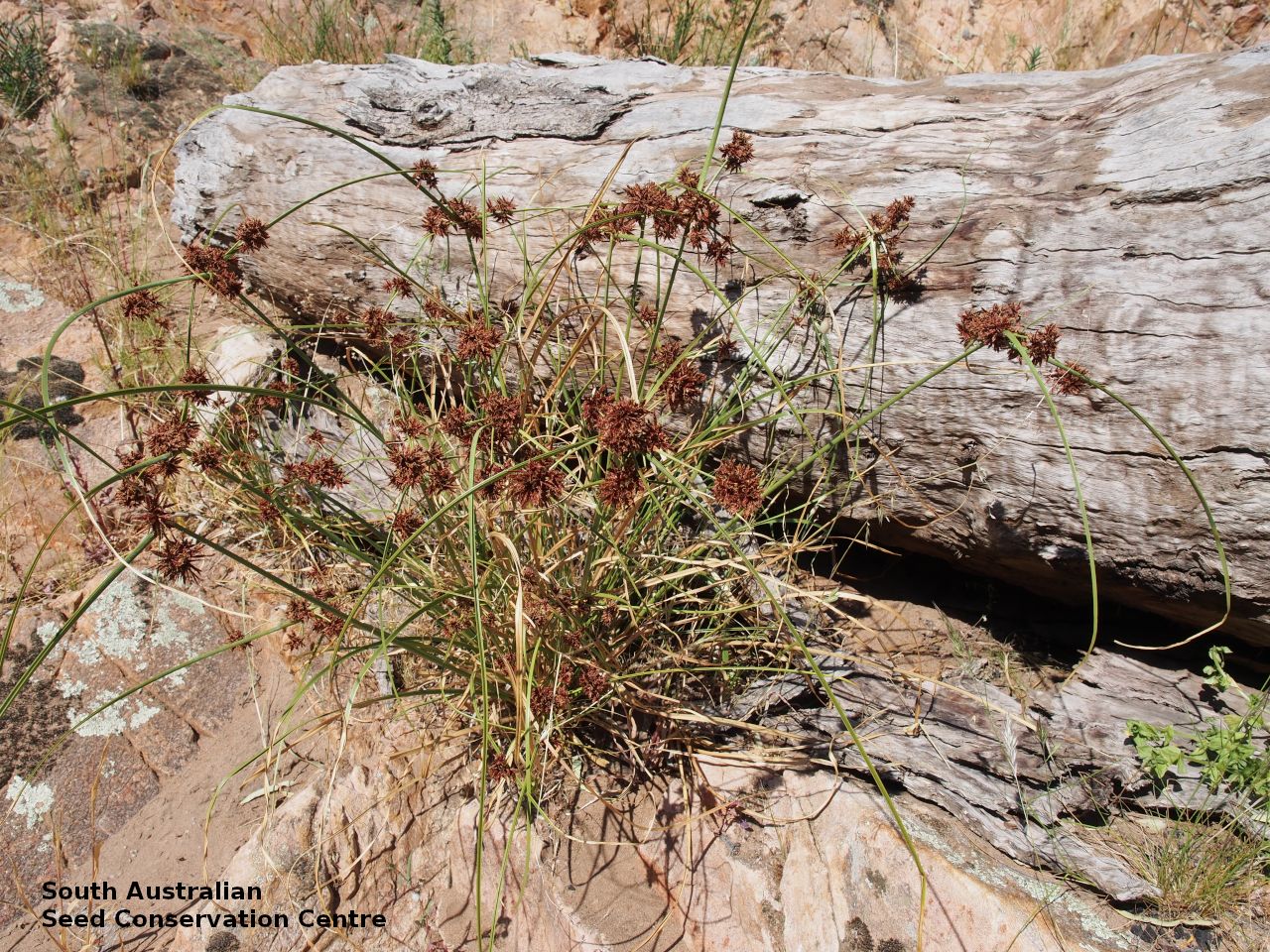
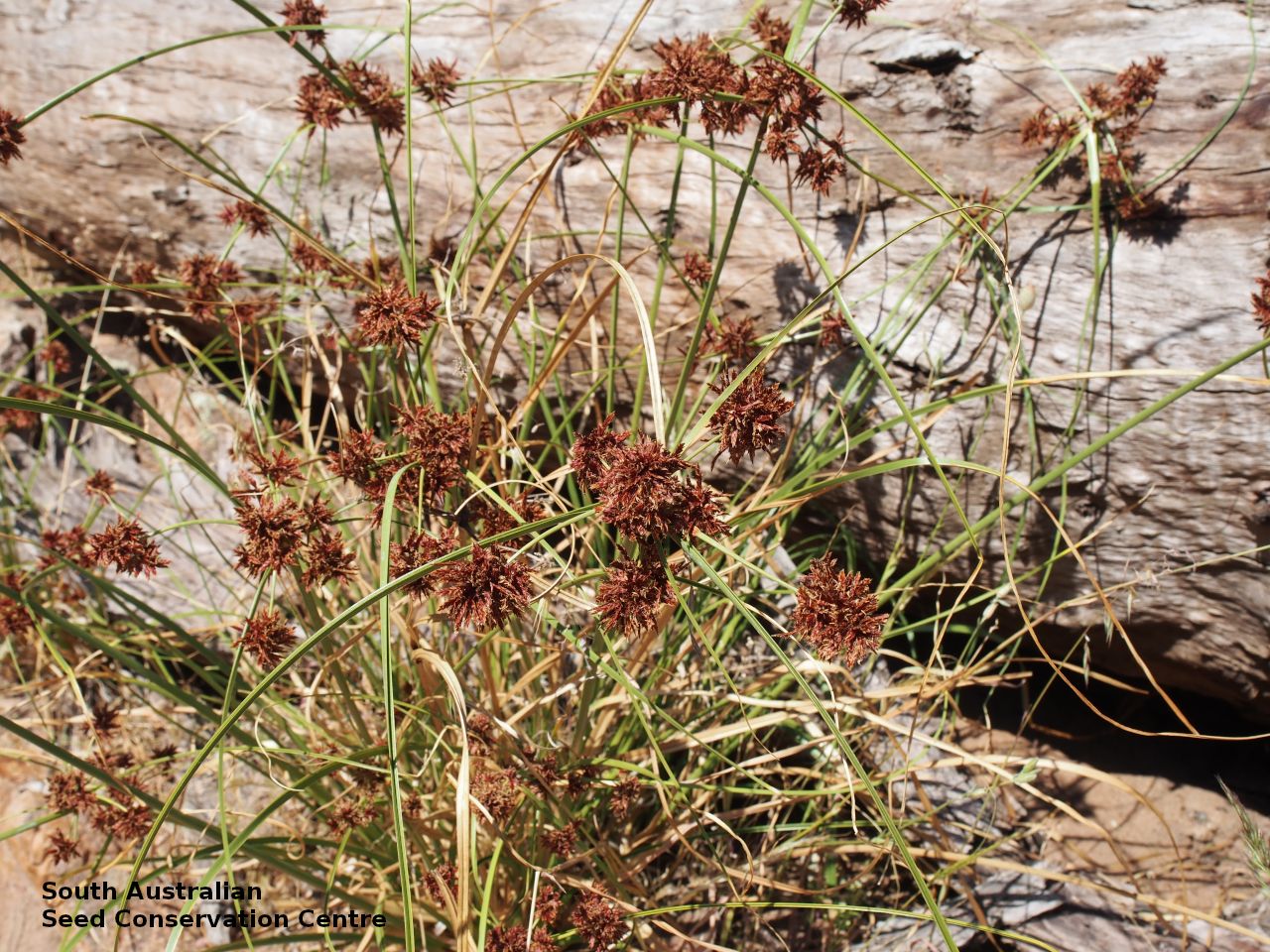
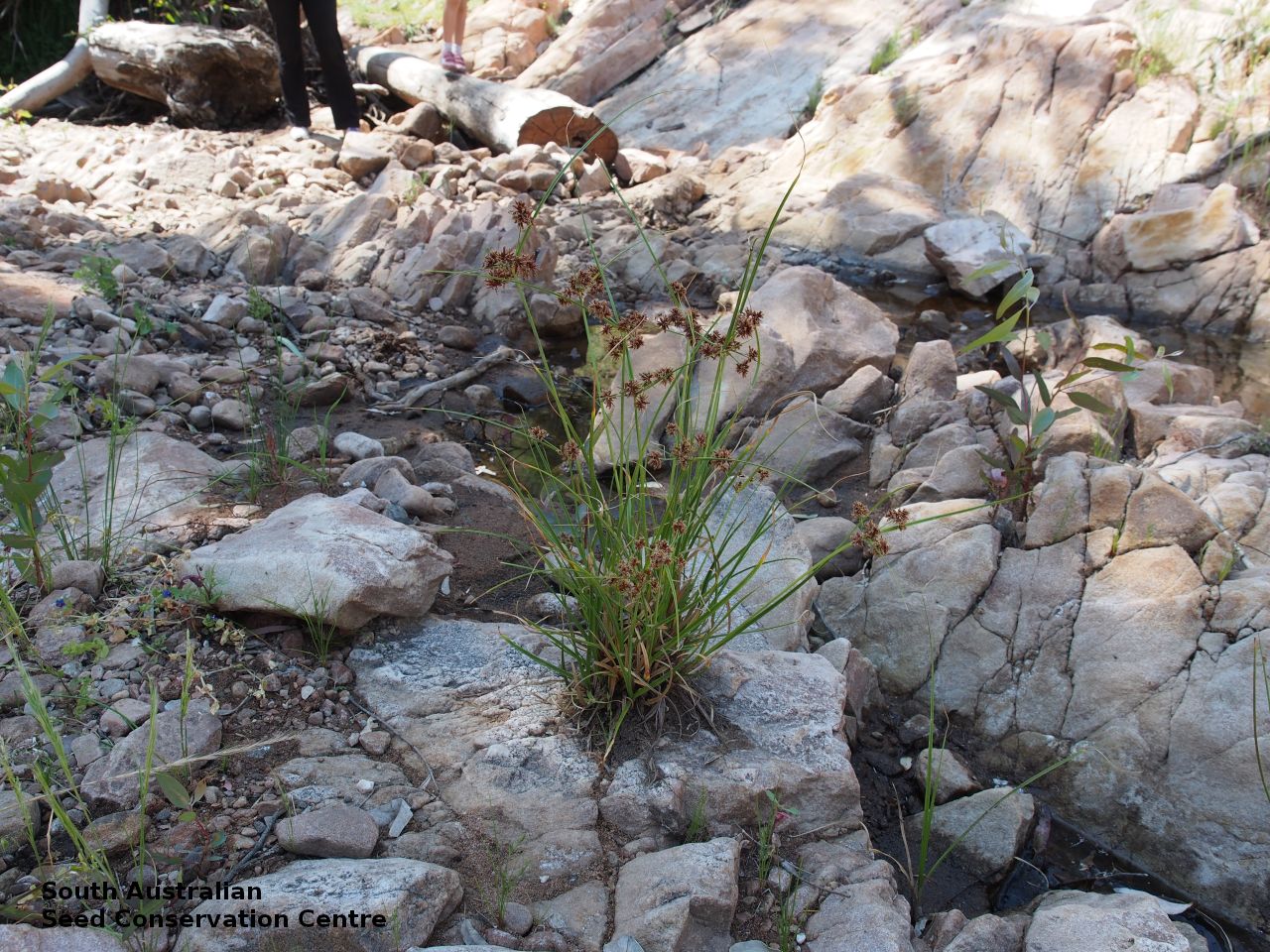

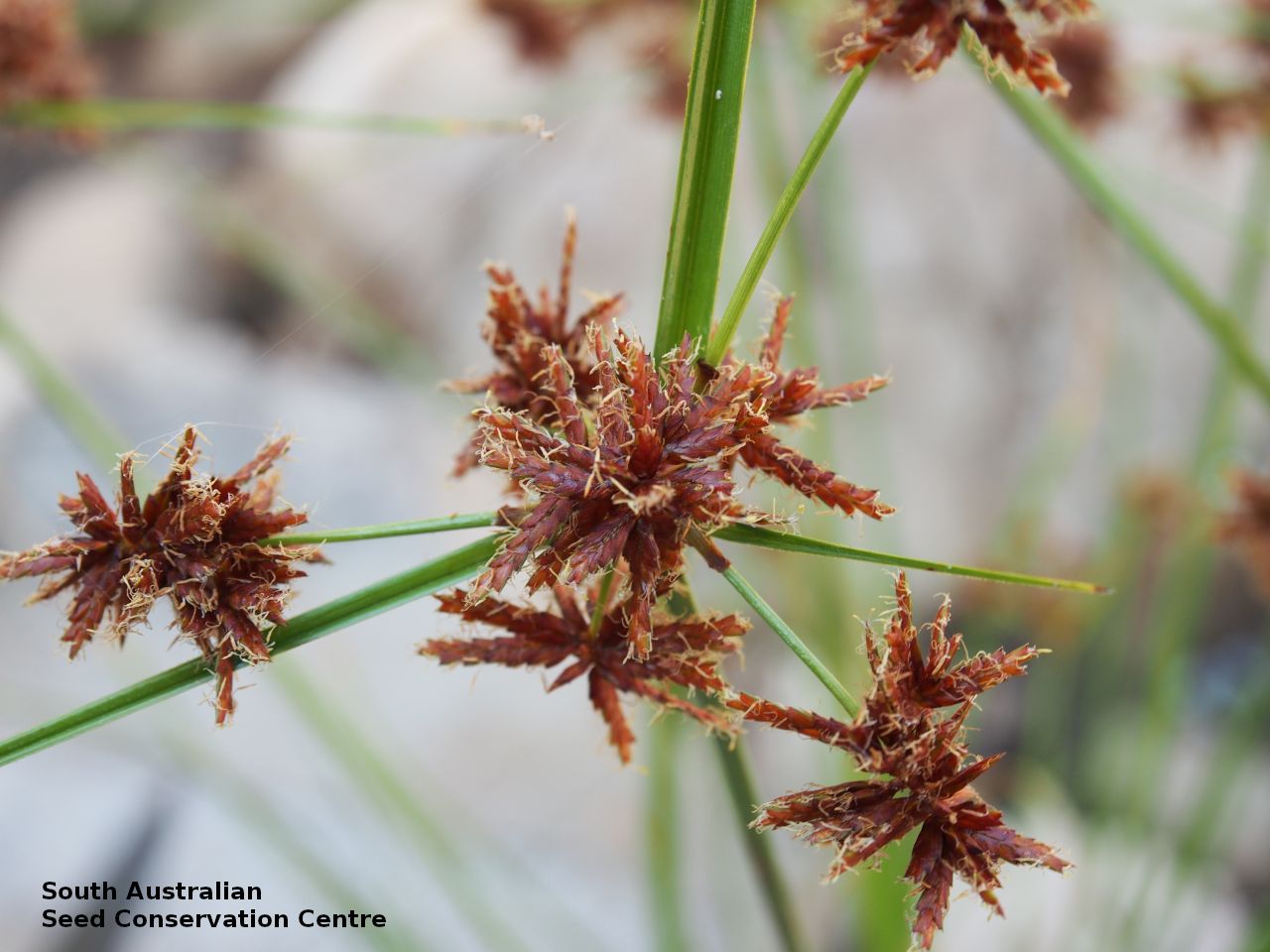
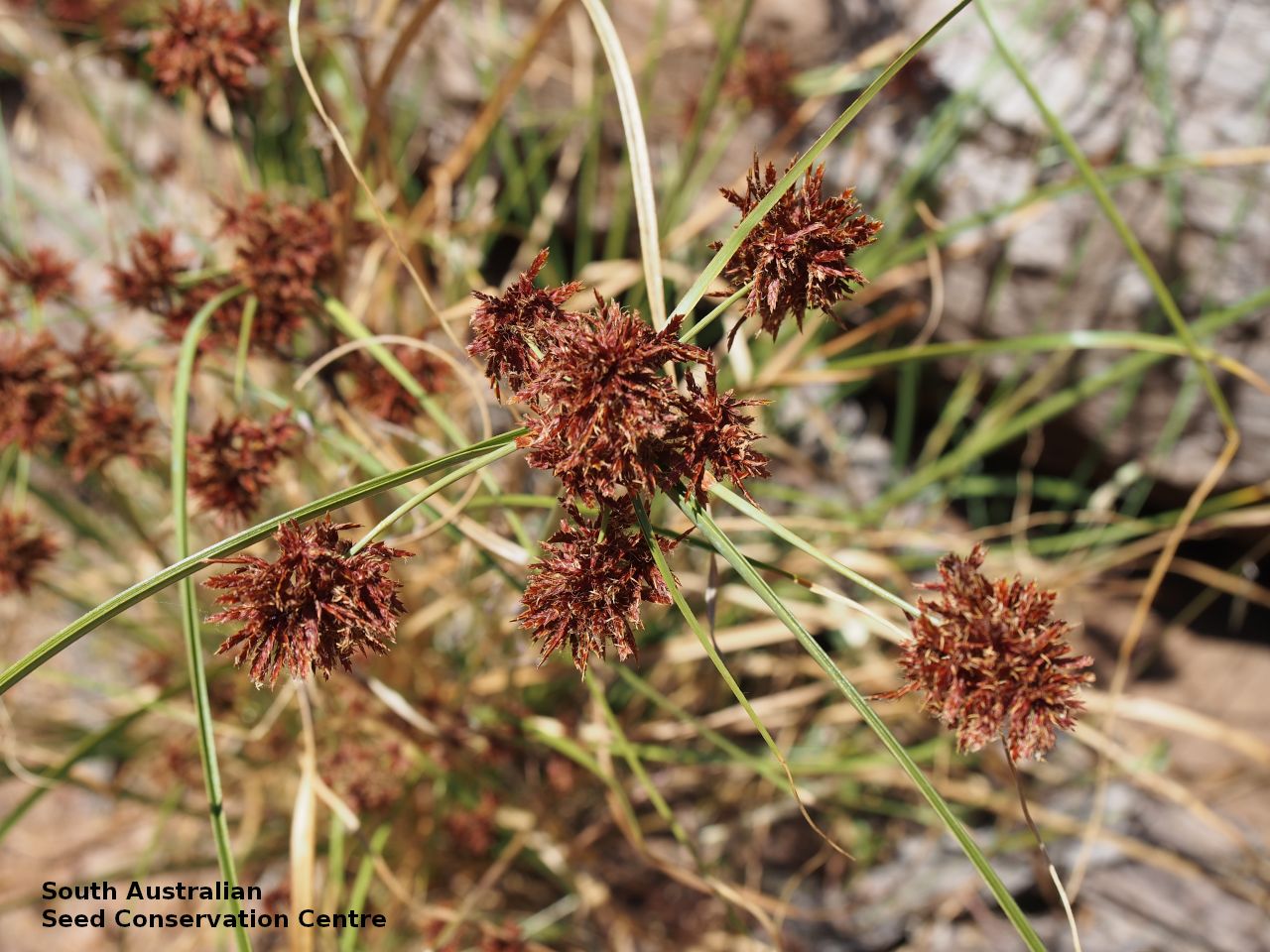
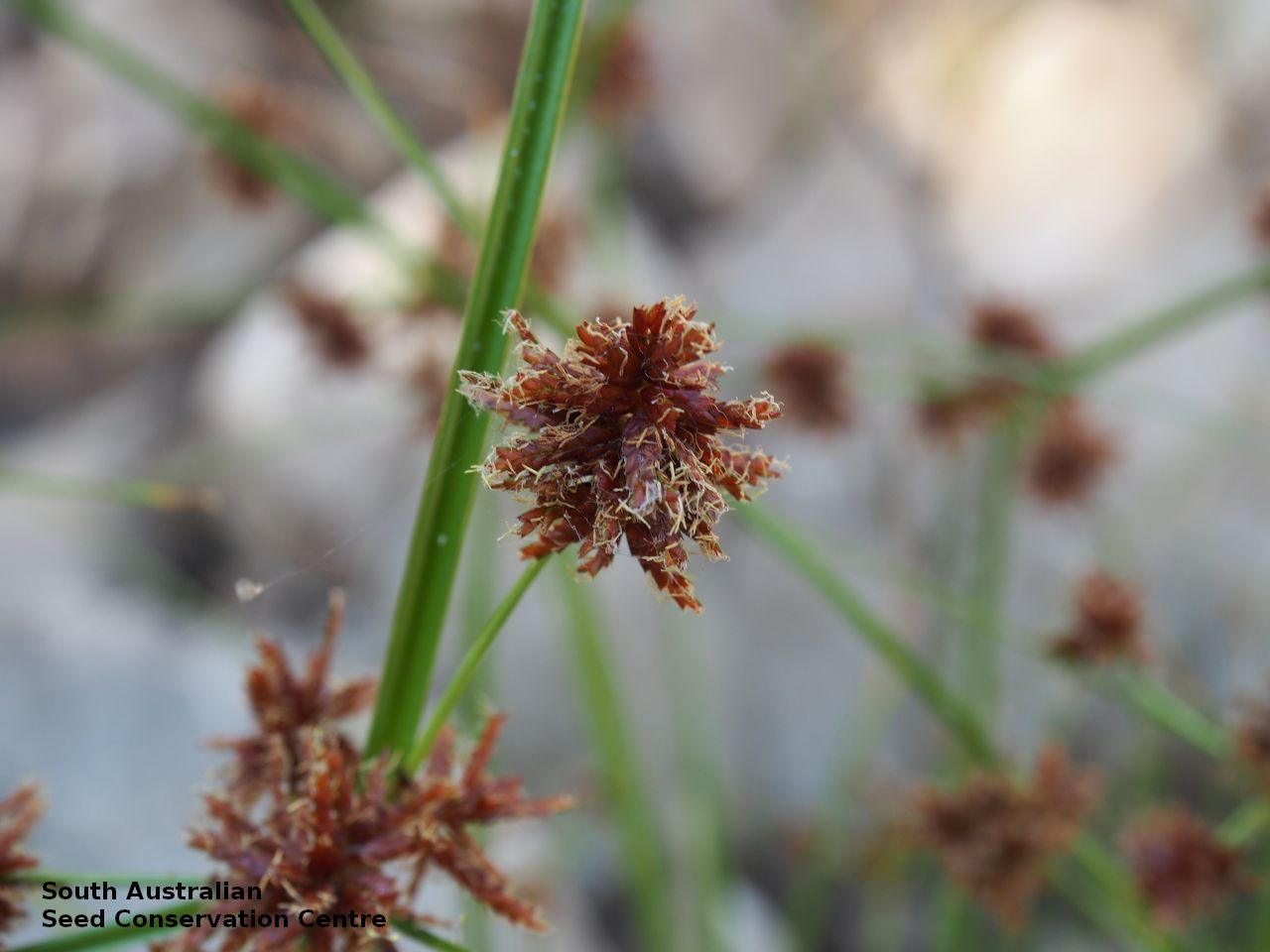
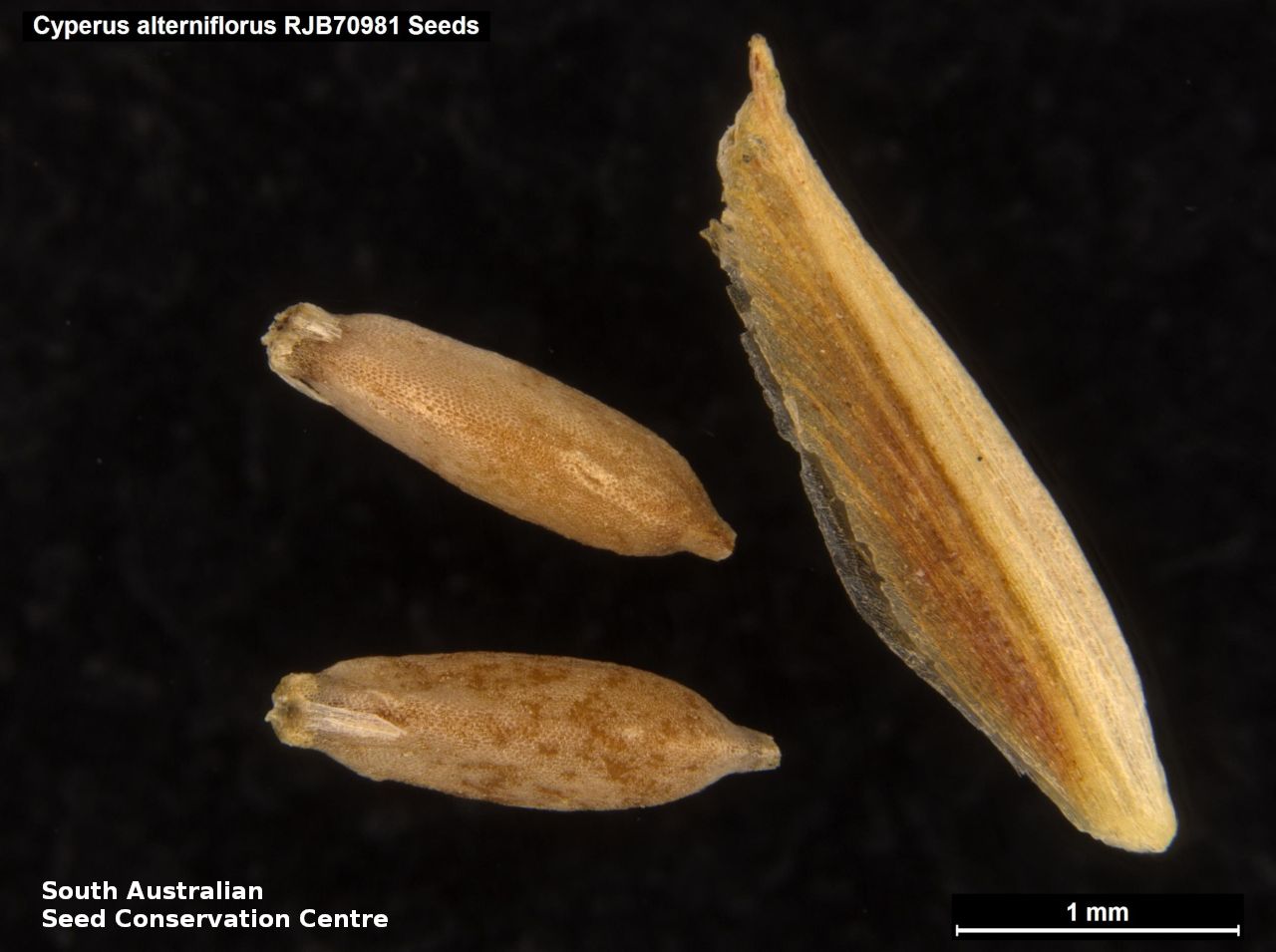
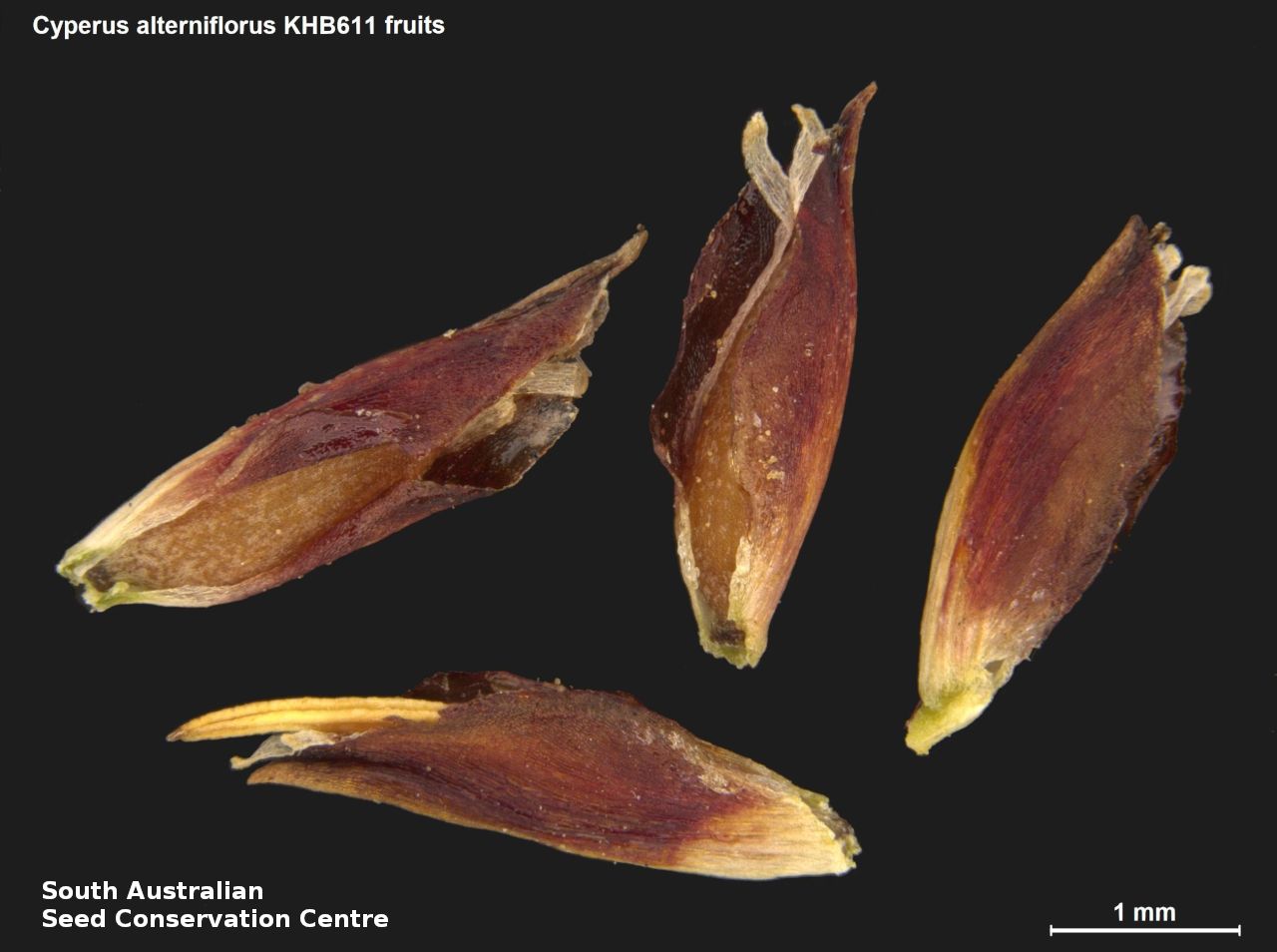
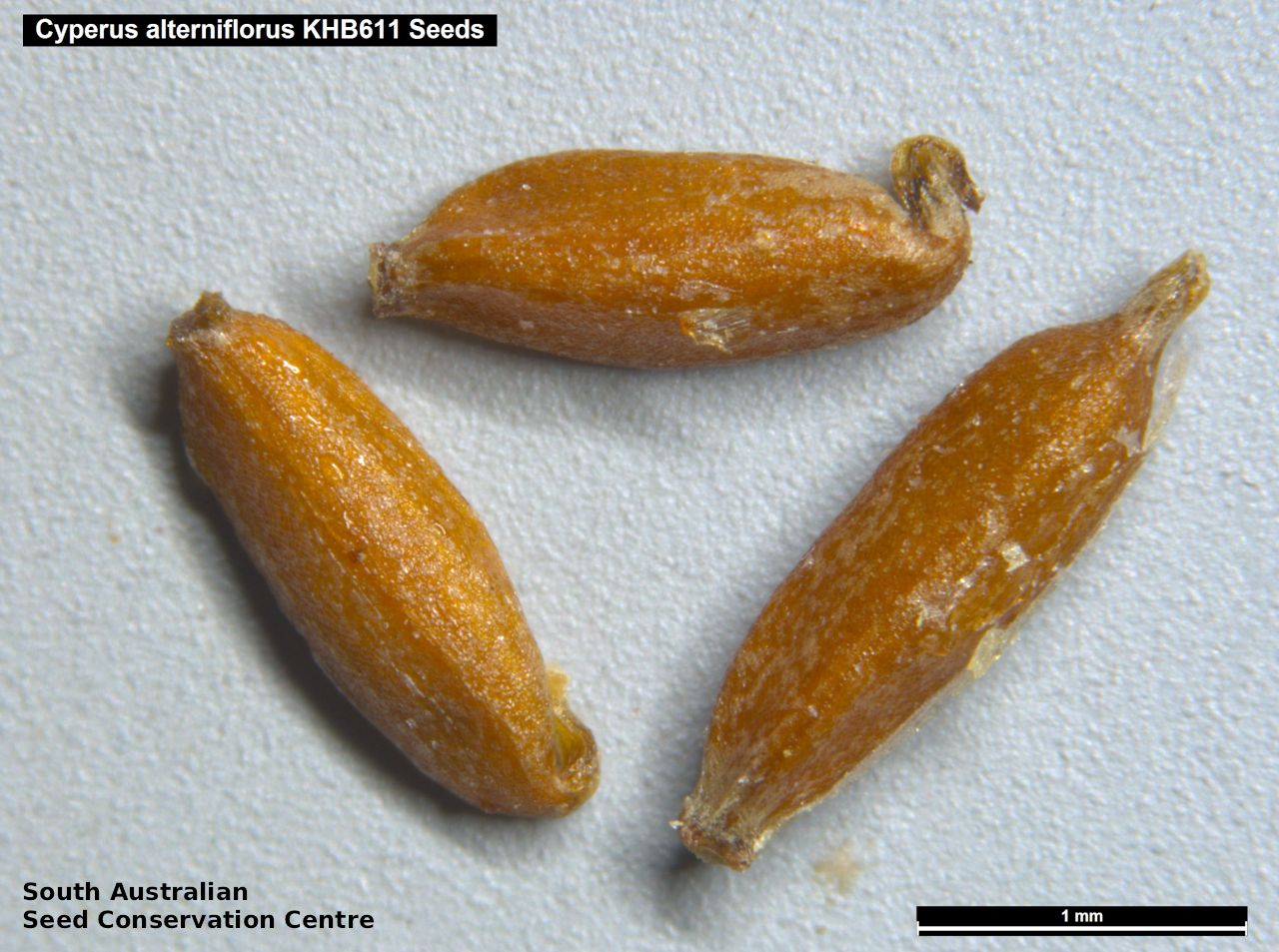
Regional Species Conservation Assessments per IBRA subregion.

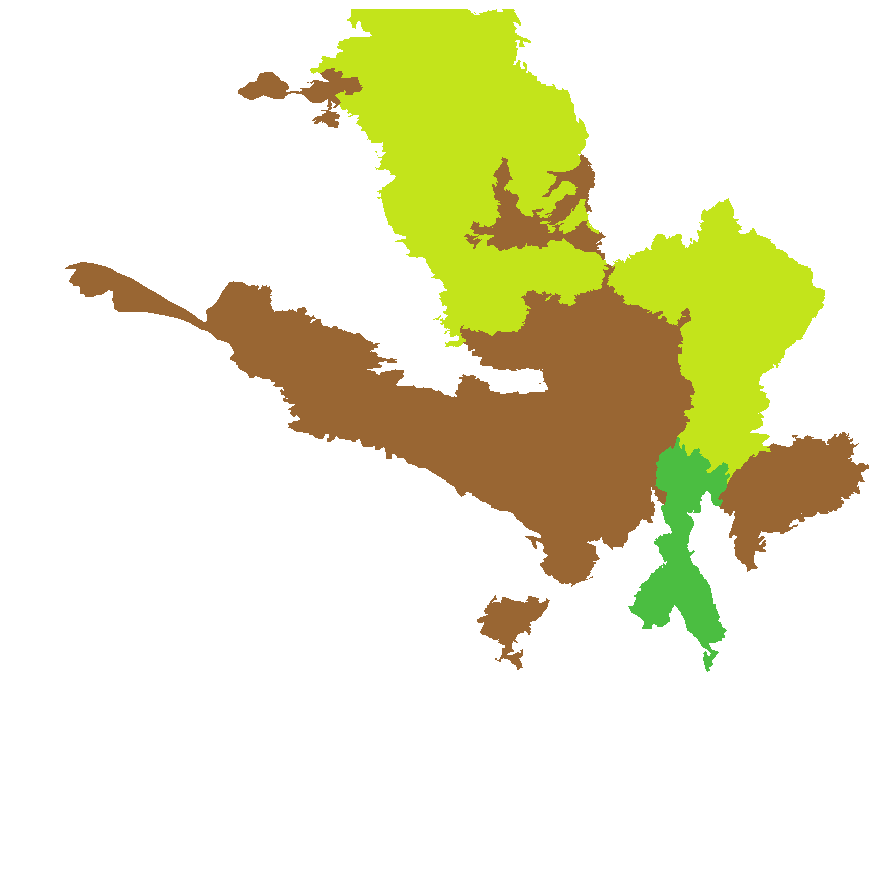
Least concern
Near threatened
Rare
Vulnerable
Endangered
Critically endangered
Extinct
Data deficient
Adelaide
Arkaroola
Ceduna
Coober Pedy
Hawker
Innamincka
Marla
Marree
Mount Gambier
Oodnadatta
Renmark
Wudinna
Keith
Yunta
Display IBRA region text
| Olary Spur (FLB03) | Flinders Lofty Block | Rare (IUCN: RA d(ii)) (Definite Decline) [DD] |
| Southern Flinders (FLB04) | | Least Concern (Probable Decline) |
| Northern Flinders (FLB05) | | Near Threatened [in creeks with seepage] |
| Central Flinders (FLB06) | | Near Threatened [in creeks with seepage] |
| St Vincent (EYB02) | Eyre Yorke Block | Least Concern |
| Eyre Hills (EYB03) | | Rare (IUCN: RA d(ii)) (Probable Decline) [southern limit, needs seeping water, rocky hills] |
| Myall Plains (GAW01) | Gawler | Rare (IUCN: RA d(ii)) (Probable Decline) [needs seeping water, rocky hills] |
| Gawler Volcanics (GAW02) | | Rare (IUCN: RA d(ii)) (Probable Decline) [needs seeping water, rocky hills] |
| Gawler Lakes (GAW03) | | Rare (IUCN: RA d(ii)) (Probable Decline) [needs seeping water, rocky hills] |
| Arcoona Plateau (GAW04) | | Rare (IUCN: RA d(ii)) (Probable Decline) [needs seeping water, rocky hills] |
| Torrens (GAW06) | | Rare (IUCN: RA d(i)) [in creeks with seepage] |
| Roxby (GAW07) | | Rare (IUCN: RA d(ii)) [in creeks with seepage] |
| Yellabinna (GVD06) | Great Victoria Desert | Rare (IUCN: RA d(ii)) (Probable Decline) [needs seeping water, rocky hills] |
| Bimbowrie (BHC05) | Broken Hill Complex | Rare (IUCN: RA d(ii)) (Definite Decline) [DD] |
| Warriner (SSD04) | Simpson Strzelecki Dunefields | Rare (IUCN: RA d(ii)) [in creeks with seepage] |
| Breakaways (STP01) | Stony Plains | Near Threatened [in creeks with seepage] |
| Oodnadatta (STP02) | | Near Threatened [in creeks with seepage] |
| Murnpeowie (STP03) | | Near Threatened [in creeks with seepage] |
| Peake-Dennison Inlier (STP04) | | Near Threatened [in creeks with seepage] |
| Macumba (STP05) | | Near Threatened [in creeks with seepage] |
| Witjira (STP06) | | Near Threatened [in creeks with seepage] |
| Baltana (STP07) | | Near Threatened [in creeks with seepage] |
| Everard Block (CER03) | Central Ranges | Rare (IUCN: RA d(ii)) [in creeks with seepage] |
| Pedirka (FIN04) | Finke | Near Threatened [in creeks with seepage] |
| 4 of 6 subregions | Flinders Lofty Block | Least Concern , Near Threatened , Rare |
| 2 of 5 subregions | Eyre Yorke Block | Least Concern , Rare |
| 6 of 8 subregions | Gawler | Rare |
| Yellabinna (GVD06) | Great Victoria Desert | Rare (IUCN: RA d(ii)) (Probable Decline) [needs seeping water, rocky hills] |
| Bimbowrie (BHC05) | Broken Hill Complex | Rare (IUCN: RA d(ii)) (Definite Decline) [DD] |
| Warriner (SSD04) | Simpson Strzelecki Dunefields | Rare (IUCN: RA d(ii)) [in creeks with seepage] |
| 7 of 7 subregions | Stony Plains | Near Threatened |
| Everard Block (CER03) | Central Ranges | Rare (IUCN: RA d(ii)) [in creeks with seepage] |
| Pedirka (FIN04) | Finke | Near Threatened [in creeks with seepage] |
Botanical art
Kath Alcock paintings: 4
Prior names
Mariscus alterniflorus
Common names
Umbrella Flat-sedge
Etymology
Cyperus from the Latin 'cyperos' and derived from the Greek 'kypeiros', an ancient Greek name used by Homer and Theophrastus for several plants of this genus. Alterniflora from Latin meaning alternating flowers.
Distribution and status
Found in northern South Australia growing in semi-permanent moist situations such as stream banks and rocky gullies. Also found in Western Australia, Northern Territory, Queensland and New South Wales. Native. Common in South Australia. Uncommon in Northern Territory. Common in the other States.
Herbarium regions: Flinders Ranges, Eastern, Eyre Peninsula, Northern Lofty
AVH map: SA distribution map (external link)
Plant description
Erect, tufted perennial sedge to 150 cm high; shortly rhizomatous. Stems stout, trigonous; striate, smooth or scabrous at the top. Leaves mostly longer than the stems, to 12 mm broad, the margins remotely scabrous, keeled. Bracts leaf-like, 3-6, much longer than the inflorescence. Inflorescence compound, the rays 5-8 to 15 cm long but usually much shorter; spikelets in more or less dense globular clusters, reddish or pale-brown, oblong to narrow-ovate compressed, to 17 mm long and 4 mm wide, 6-18-flowered, frequently deciduous as a whole spikelet at maturity. Flowering between August and October. Fruits are red-brown globular fruit-head in clusters at the tip of stems. Seeds are pale brown oblong, triangular seed to 2 mm long and 0.5 mm wide, covered with a thin shiny transparent layer. Seed embryo type is capitate.
Seed collection and propagation
Collect seeds between November and April. Collect fruits by picking off the mature heads, those turning red-brown colour and that come-off easily. Place the heads in a tray and leave to dry for one to two weeks. Then rub the heads with a rubber bung to dislodge the seeds. Use a sieve to separate any unwanted material. Store the seeds with a desiccant such as dried silica beads or dry rice, in an air tight container in a cool and dry place. From two collections, the seed viability was high, ranging from 80% to 85%. Seeds are non-dormant, viable seed should germinate readily.
| Location | No. of seeds
(weight grams) | Number
of plants | Date
collected | Collection number
Collection location | Date
stored | % Viability | Storage
temperature | | BGA | 18,000 (5.56 g) | 10 | 13-Dec-2007 | RJB76643
Flinders Ranges | 19-Sep-2008 | 85% | -18°C |
| BGA | 78,000 (14.66 g) | 50+ | 2-Apr-2007 | RJB70981
Flinders Ranges | 19-Sep-2008 | 80% | -18°C |
| BGA | 49,000 (22.79 g) | 50+ | 23-Oct-2011 | KHB611
Flinders Ranges | 1-Jan-2016 | 85% | -18°C |
| BGA | 20,800 (9.697 g) | | 31-Jan-2023 | CJB10220
Flinders Ranges | 20-Jun-2023 | 95% | -18°C, -80°C |
Location: BGA — the seeds are stored at the Adelaide Botanic Gardens, MSB — the seeds are stored at the Millennium Seed Bank, Kew, England.
Number of plants: This is the number of plants from which the seeds were collected.
Collection location: The Herbarium of South Australia's region name.
% Viability: Percentage of filled healthy seeds determined by a cut test or x-ray.
Germination table:
Display













